Location: Lady Bird Johnson Wildflower Center, Austin, TX
Collaborators: William Bonner, Kennedy Rauh
Additional support: Jonathan Bonner, David Buckley Borden, Matthew Miles, Suzee Lee, Sabine Winkler.
Sponsored by: McCoys Building Supply
Pyrostructure is an interactive public art installation designed to teach children about the regenerative power of fire in Central Texas's prairie ecosystems. Its bright colors and interactive elements guide participants through the stages of a prescribed burn: starting in a vibrant grassland, moving through an active fire zone, and ultimately, to a charred, renewed landscape. The installation highlights fire’s role in managing species, rejuvenating soil, and preventing destructive wildfires. Temporarily located at the Lady Bird Johnson Wildflower Center, Pyrostructure fosters an awareness of ecological conservation and shares fire’s positive impact on the environment through play.
Fire is a fundamental element in a healthy grassland prairie ecosystem. Prescribed burns–controlled fire under a set of specific conditions–are one of the most powerful landscape management techniques used to serve a range of purposes. These burns have the capacity to manage invasive species populations, as many native species have evolved with fire and thrive with regular disturbance. Fires are also able to rejuvenate nutrients to the soil that would otherwise take years to decompose. Finally, a prescribed burn helps prevent catastrophic, high-intensity wildfires that can devastate landscapes, ecosystems, infrastructure, and human lives.
Pyrostructure celebrates fire, highlighting the growth and renewal that follow the flames. Through a series of brightly colored sections, accessible to children of different ages, the installation invites a kinetic, visual, and playful exploration of the cyclical journey starting from the vibrant grassland prairie, through the active fire zone, and finally resting on the charred landscape.
Pyrostructure's location at the Lady Bird Johnson Wildflower Center is quite pertinent, as the center sits within the Edwards Plateau ecological region of Central Texas. Commonly known as the Hill Country, the area is characterized by shrubland and dominant species including Ashe Juniper, Oaks, and Honey Mesquite. Prior to European settlement, this ecosystem was maintained by grazing animals as well as frequent natural and man-made fires. However, the landscape evolved from grassland to shrubland due to settler’s repeated fire suppression. Now, centuries later, in order to maintain the landscape or restore it to savanna conditions, fire must be strategically embraced to restore the landscape, which Pyrostructure aims to communicate.

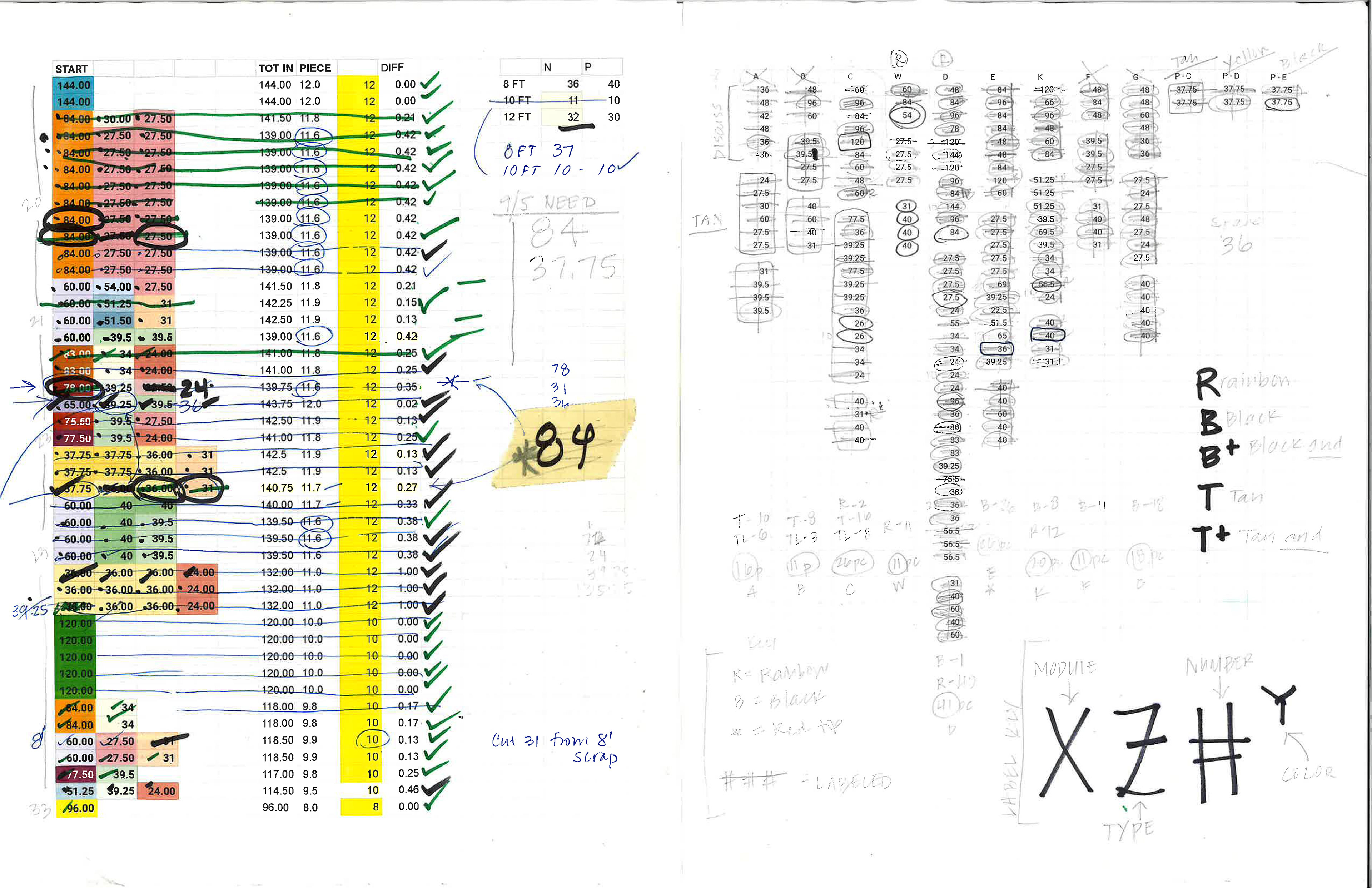

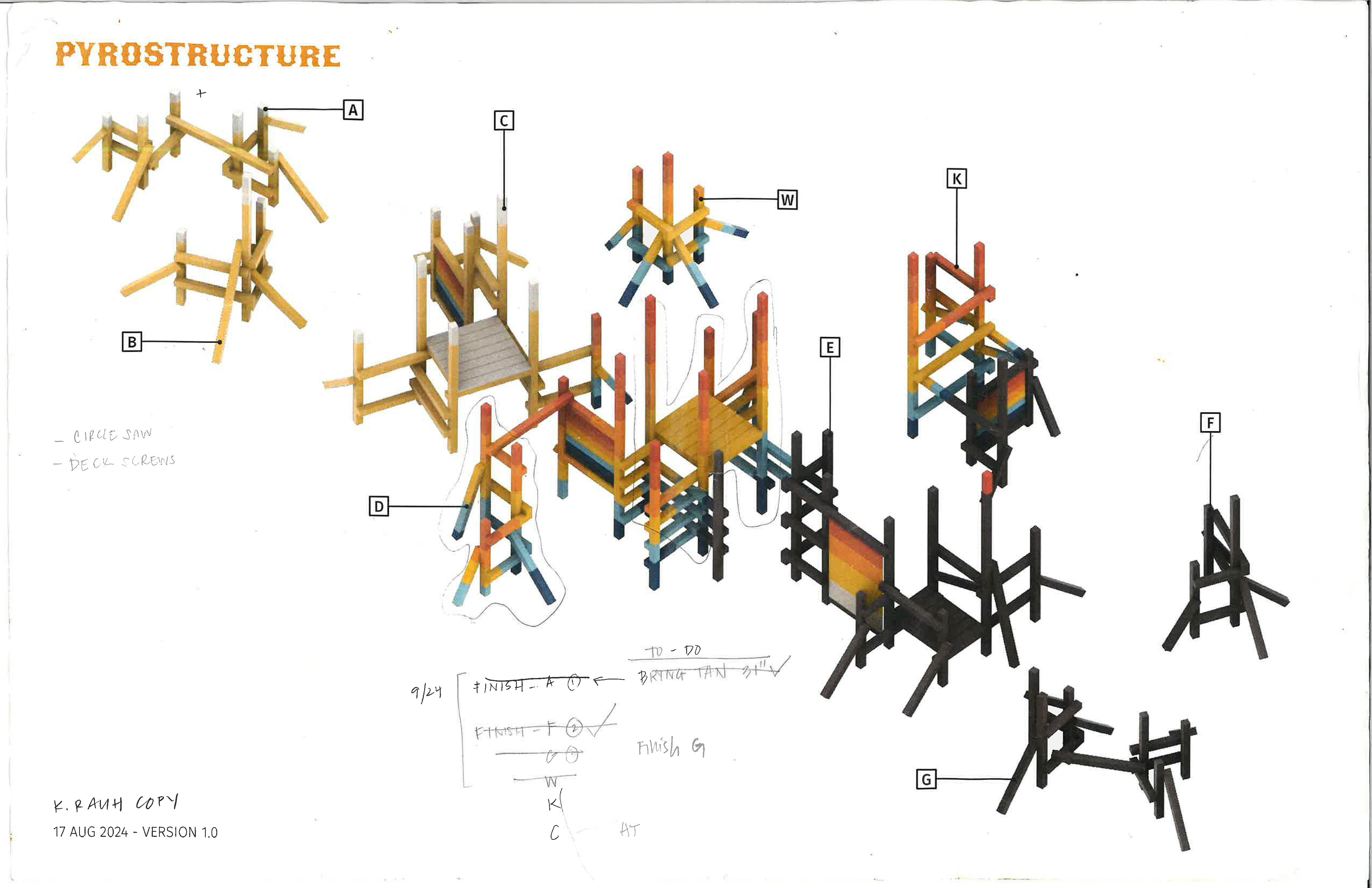

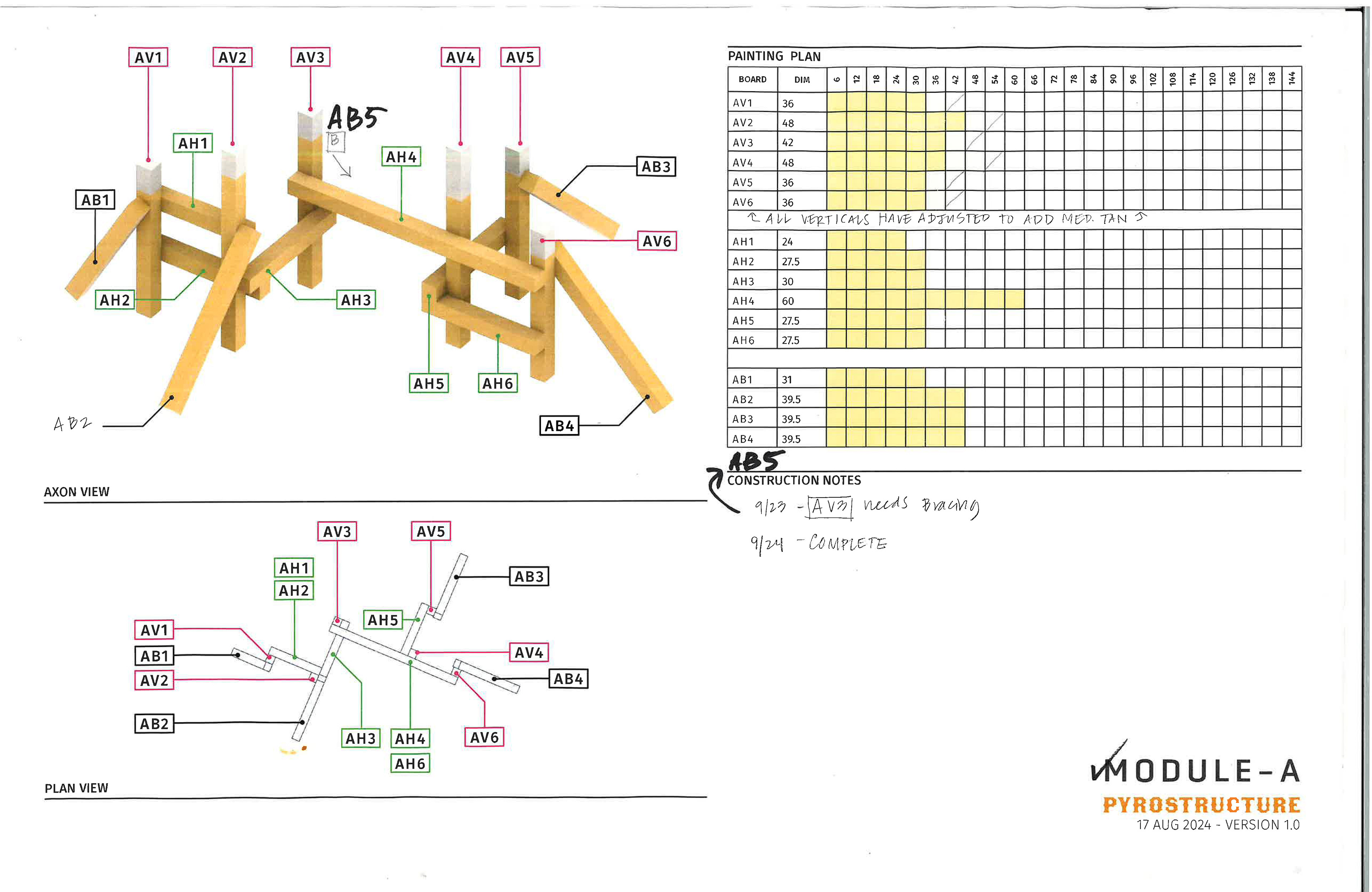
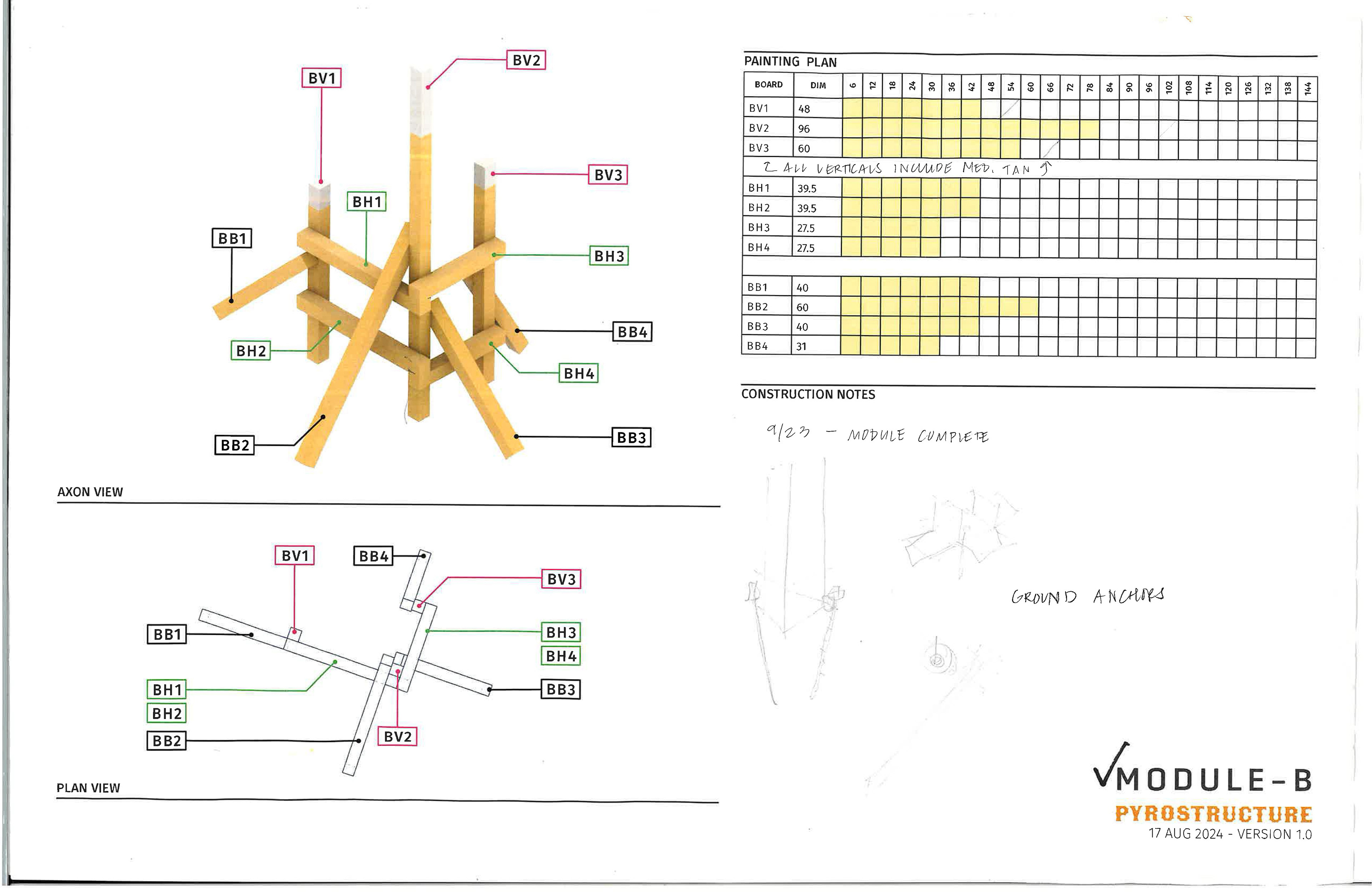
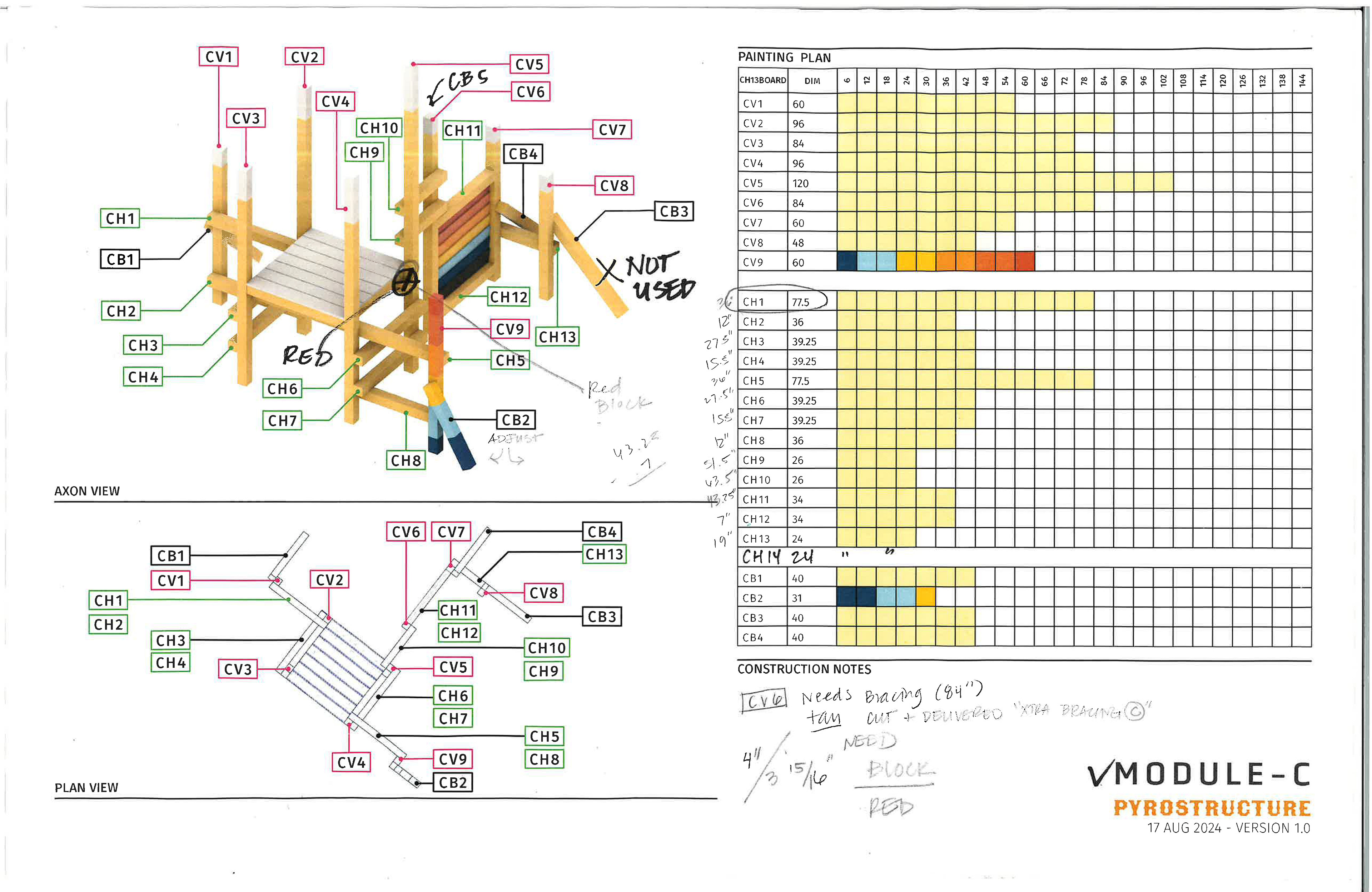
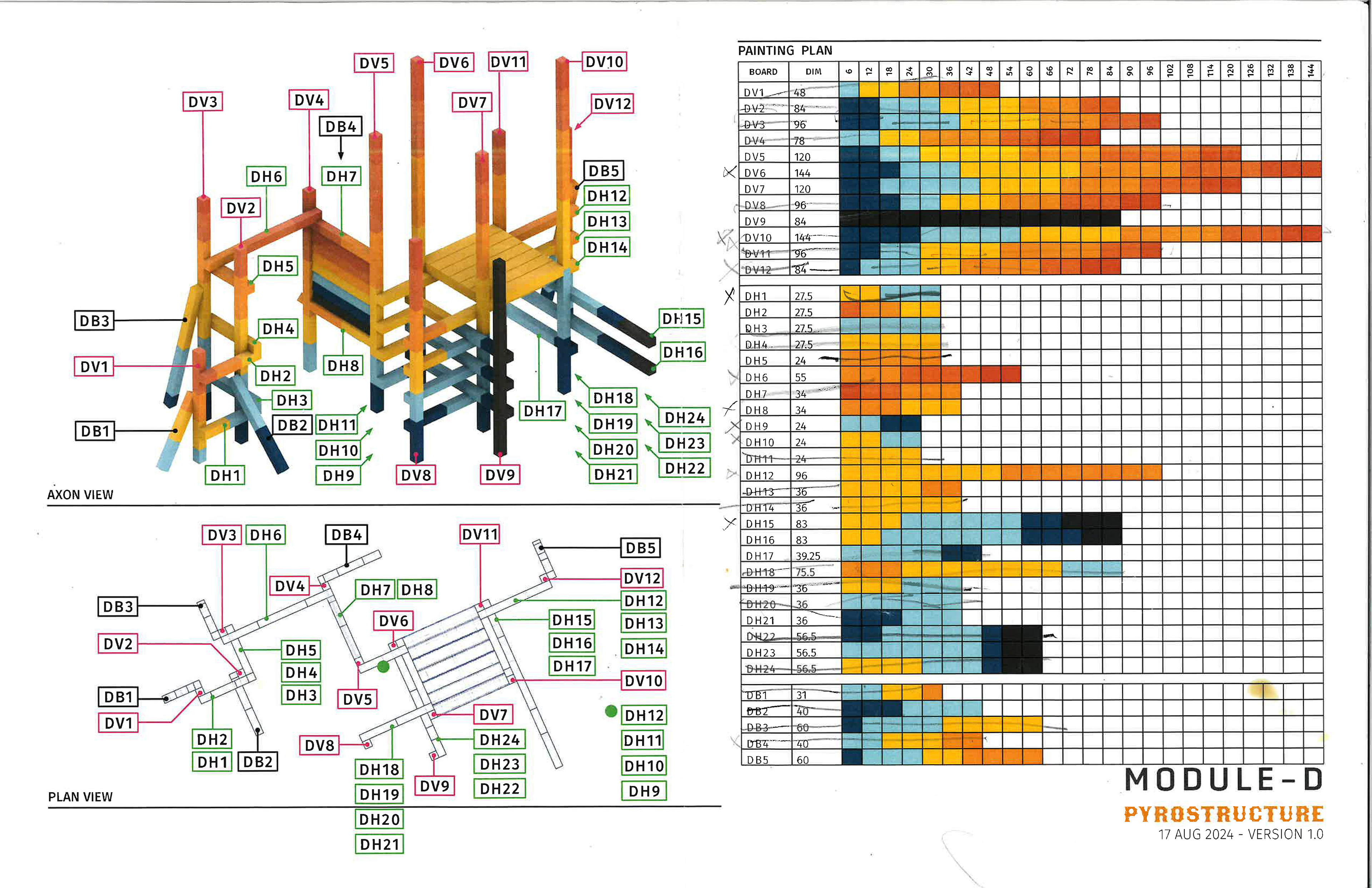


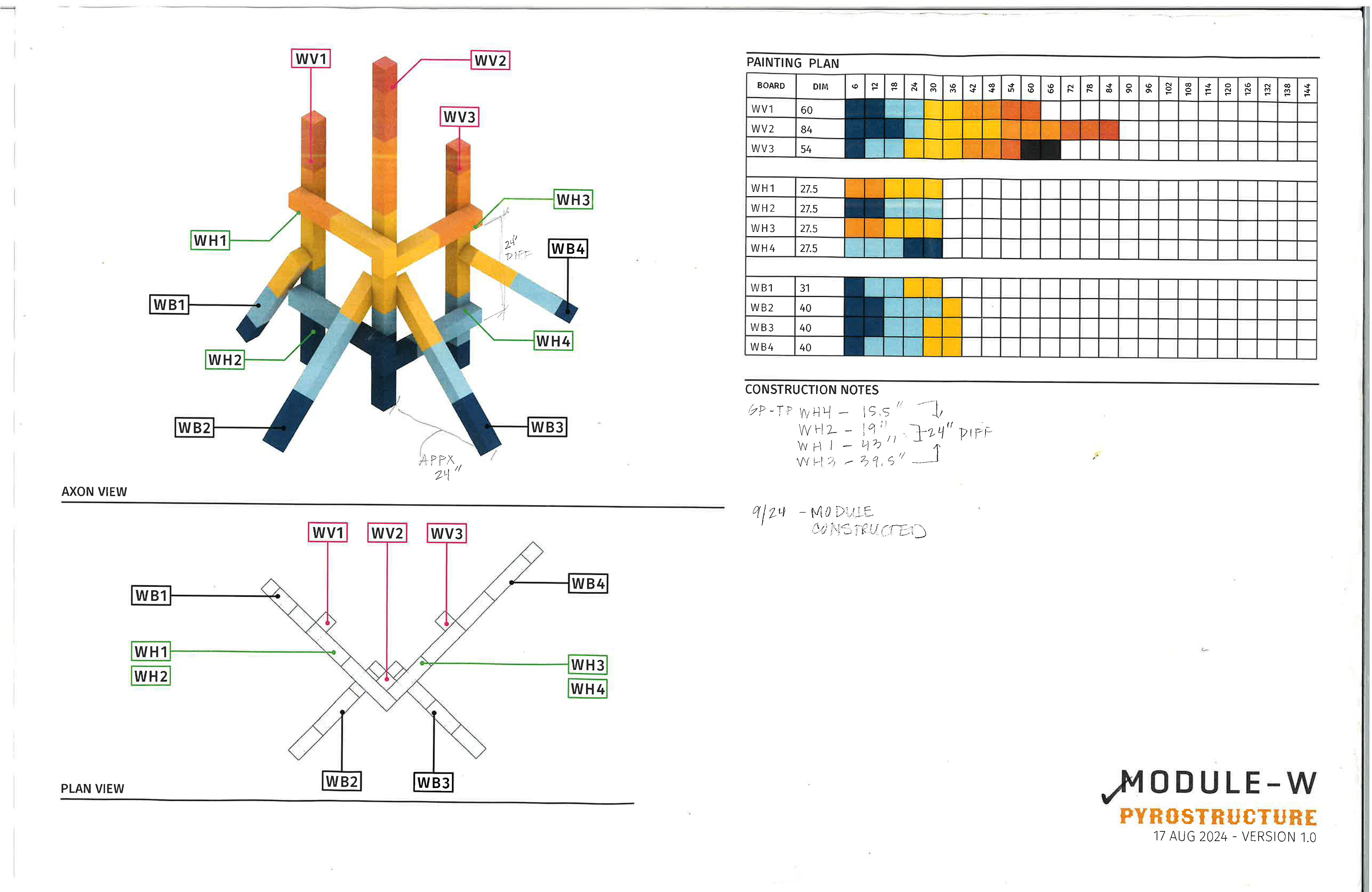
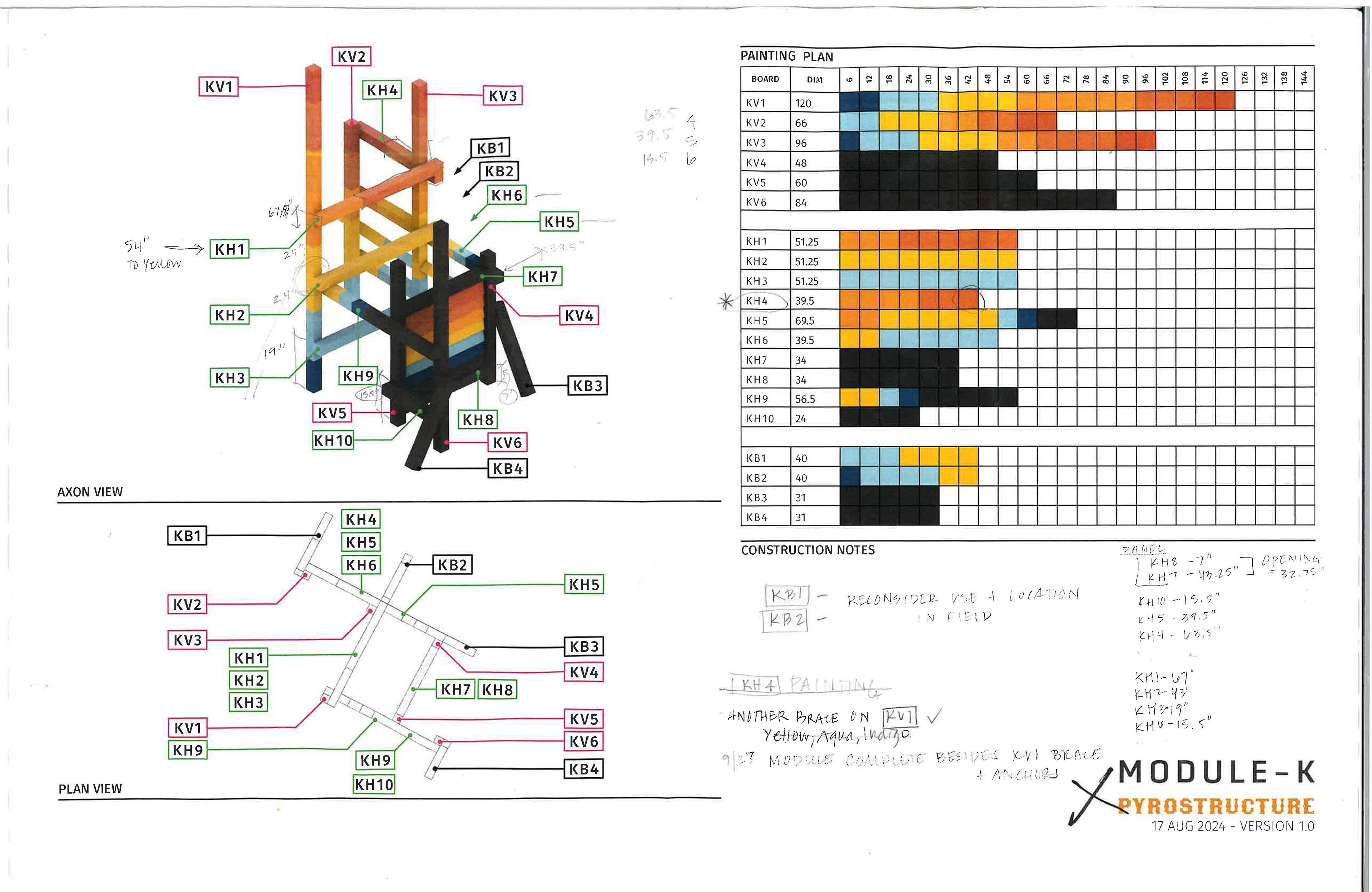



Press:
https://cbsaustin.com/features/we-are-austin/fortladia